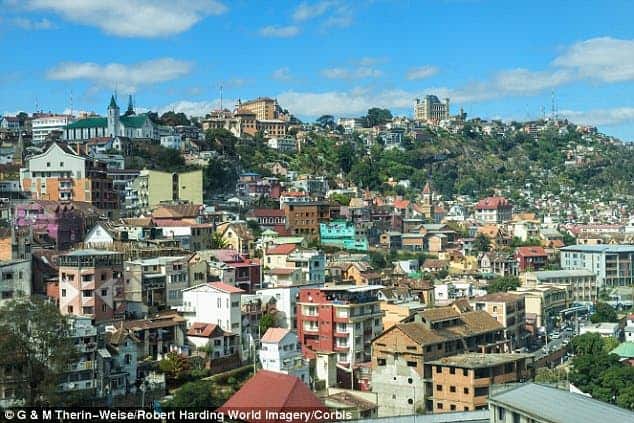If you thought the bubonic plague is a thing of the past… then think again! The dreadful disease is making a resurgence in the island of Madagascar, off the eastern coast of Africa. There have already been 138 suspected cases of the disease, with a total of 47 victims.

You may know the black plague as a medieval disease, responsible for wiping out a third of Europe’s population in the 14th century. But while it’s been many years since the disease has actually been active on the large scale, it never really went away. The bacteria Yersinia pestis, responsible for the plague, is still here.
The World Health Organization (WHO) has identified patient zero: a male living in the Soamahatamana village in the Tsiroanomandidy district in Madagascar. Since, the disease seems to have spread to other cities, including the capital Antananarivo.
While the disease is easily treatable if picked up early, if it goes undetected, it can become very dangerous in a short amount of time – even life threatening. Unfortunately, Madagascar is a very good incubator for such diseases – with high population density, relatively low hygiene and a massive rodent population. To make matters even worse, Madagascar also has very many fleas, some of which have already become immune or resistant to insecticide. Fleas and rodents are common carriers for this plague.
Working together with the Red Cross, the Pasteur Institute of Madagascar, and the “Commune urbaine d’Antananarivo”, the WHO has already committed $200,000 in antibiotics to help contain the disease. At this moment, they don’t recommend halting imports and exports to Madagascar, but they to warn officials to be extremely careful and monitor the situation.
The common symptomps include muscle cramps, high fever, seizures, and painfully swollen lymph glands. However, the disease can also evolve in two different ways – septicemic and pneumonic. Septicemic plague results in gangrene in the extremities, and can develop if bubonic plague is left untreated. The pneumonic plague is much more contagious, being transmitted from person to person through air.






